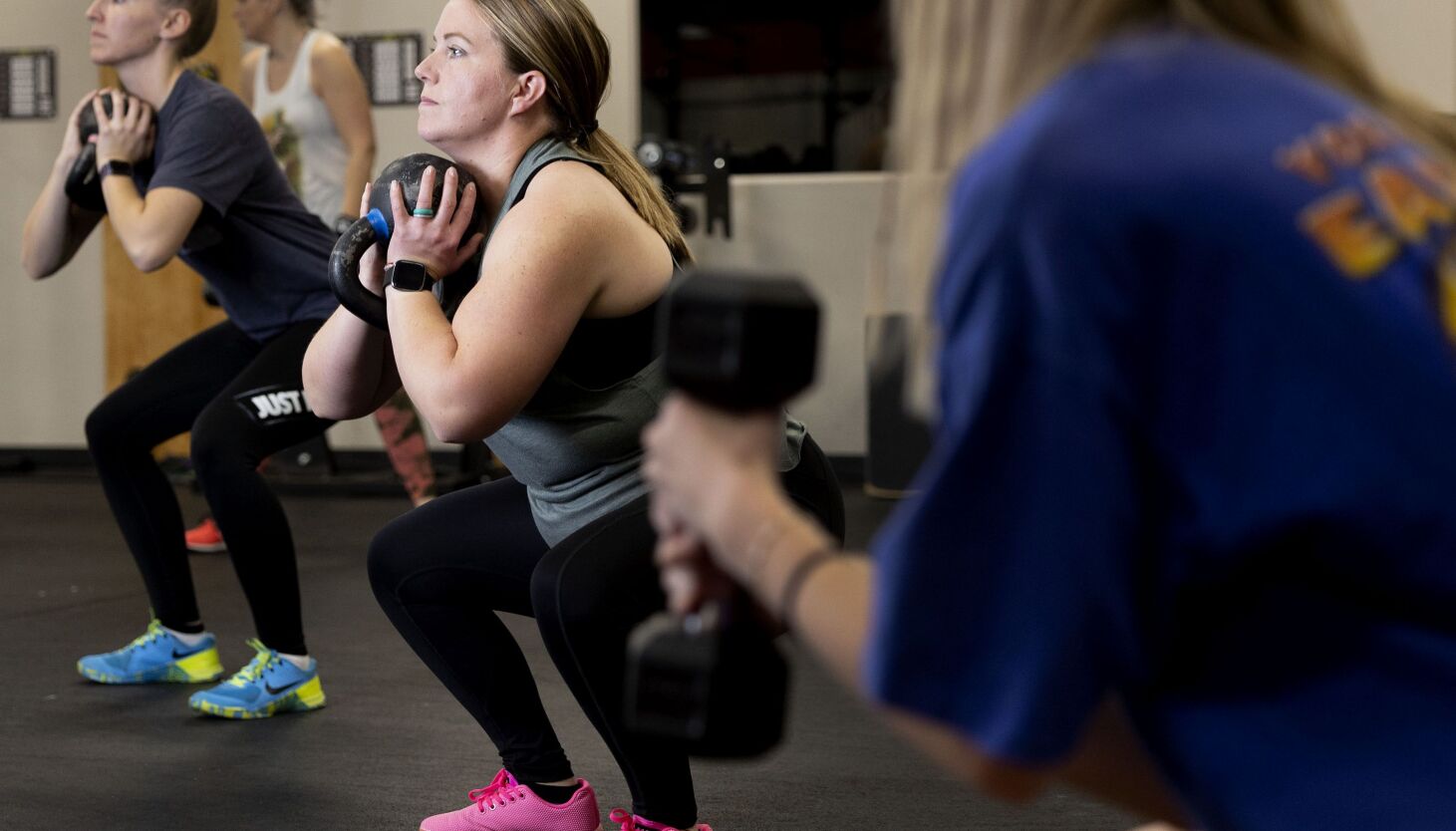
There’s a gender gap between men and women when it comes to exercise. Women can exercise less often than men, but get greater cardiovascular benefit from what they do, according to a new study.
The researchers, from the Smidt Heart Institute at Cedars-Sinai, hope the knowledge of what’s to be gained — lower risk of death — will prompt women to exercise more, since they tend to lag behind men in that arena.
“The beauty of this study is learning that women can get more out of each minute of moderate to vigorous activity than men do,” study co-lead author Dr. Martha Gulati, director of Preventive Cardiology at the institute and chair in Women’s Cardiovascular Medicine and Research, said in a Cedars-Sinai news release. “It’s an incentivizing notion that we hope women will take to heart.”
For the study, published in the Journal of the American College of Cardiology, data was used on 412,413 U.S. adults who participated in surveys collected by the National Health Interview Survey database. Between 1997 and 2019, they answered survey questions on their physical activity. The researchers then compared frequency, duration, intensity and type of activity to gender-specific outcomes.
The Physical Activity Guidelines for Americans recommends both men and women get 150 minutes of moderate physical activity and two days of activity that strengthens muscles every week.
Exercise and survival
They found when the adults were regularly active, compared to being inactive, all-cause mortality risk dropped. But it did not do so evenly. Mortality was reduced by 24% in women compared to 15% in men. Men received their maximum survival benefit from 300 minutes a week of moderate to vigorous physical activity, while women “achieved similar benefit at 140 minutes a week and then continued to reach a maximum survival benefit also at 300 minutes a week,” the study said.
In other words, when men engaged in aerobic physical activity like brisk walking or cycling, they reached their maximum survival benefit at around five hours a week, while women got the same benefit from about 2-1/2 hours of the activity. Women reached the men’s maximum survival with half the exercise — and with more exercise, their maximum benefit was greater than men’s.
For both men and women, the exercise benefit on survival plateaued at 300 minutes a week.
The benefits of strength training for men peaked at three sessions a week, while women got the same benefit from a single strength training session.
Lead author Dr. Susan Cheng, director of the Institute for Research on Healthy Aging at the institute and the study’s senior author and chair of Women’s Cardiovascular Health and Population Science at the institute, noted that women got even greater gains if they exceeded 2-1/2 hours a week of moderate to vigorous aerobic activity or in two or more sessions a week of muscle-strengthening activities.
Study limitations
Gulati told NBC News that a major study limitation is the lack of information on how active women are outside of workout sessions.
“Missing from our data are the things that we do every day — the other physical activity that’s not going to the gym, but running after kids, doing gardening, doing household chores,” she said.
“Women are busy. Women work. Women usually take the bulk of family responsibilities — whether that’s children, whether that’s elderly parents — and by the time the day finishes, there’s very little time,” Gulati said.
She said women should be asked what they can fit in — and encouraged to do so.
Time noted, “The study was also limited by its reliance on self-reported exercise data, which isn’t always accurate. The survey also asked about exercise people did in their free time, and thus may not have accounted for physical activity that occurred at work or during household chores — a type of movement that research increasingly suggests can meaningfully improve health.
Dr. Andrew Freeman, director of cardiovascular prevention and wellness at National Jewish Health in Denver, told CNN that doctors don’t emphasize physical activity enough, even though it has great benefits. He was not involved with the study.
“If I said to a patient, ‘Hey, I have a medicine that you can take every day that will not only help to prevent heart disease, heart attacks, cancer, memory loss, dementia, but it will improve your mood,’ people would be going nuts for it,” Freeman said. “And the truth is, it exists. It’s just not in a pill form — it’s sweat equity.”
